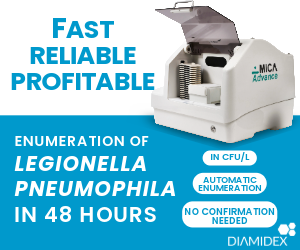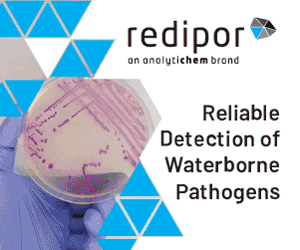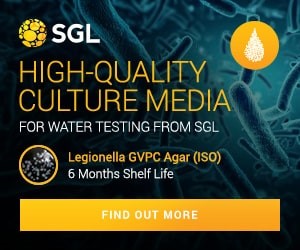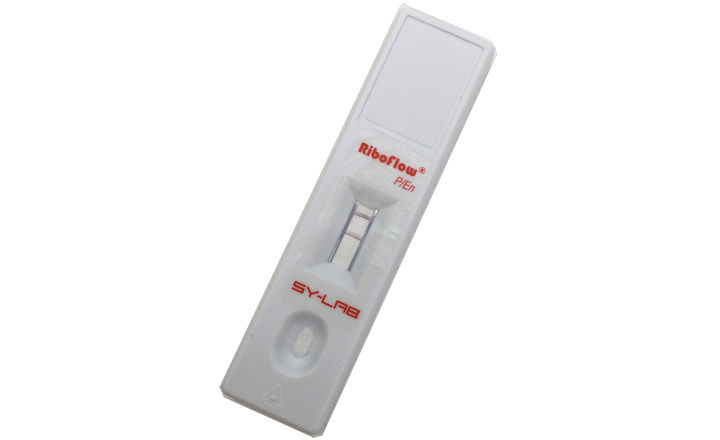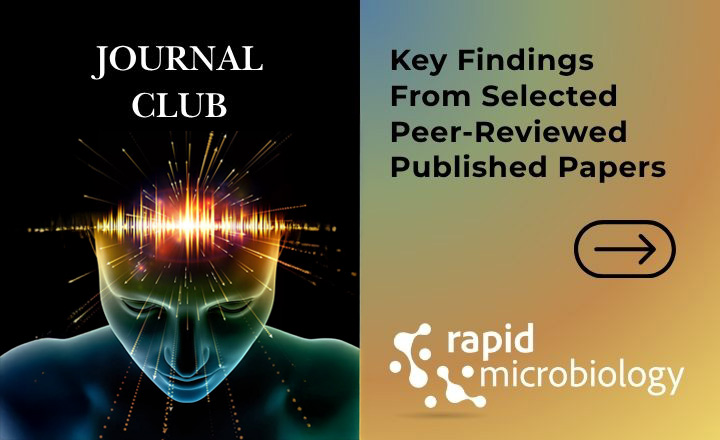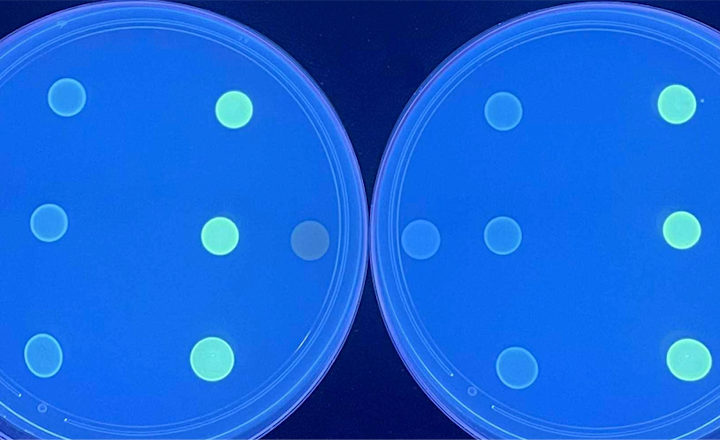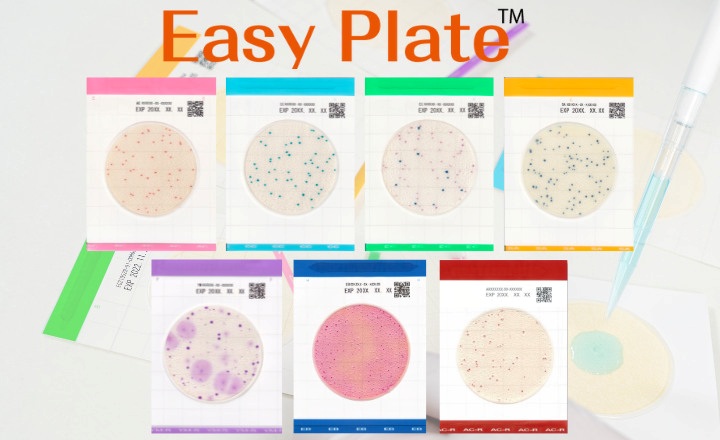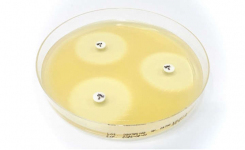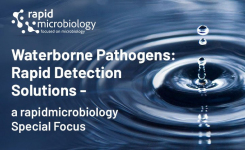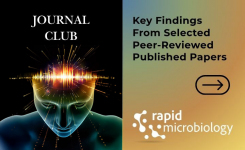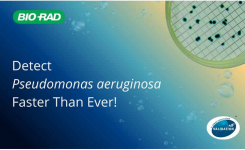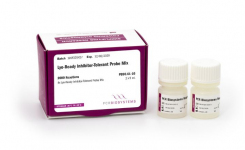- Clinical relevance: SAC members cause a spectrum of diseases ranging from skin and soft-tissue infections to life-threatening bacteremia and toxin-mediated syndromes.
- Diagnostic challenges: Phenotypic overlap hampers accurate identification; misclassification may lead to inappropriate treatment.
- Epidemiological implications: Distinguishing among SAC species is critical for tracking transmission, understanding host reservoirs, and designing targeted interventions.
Key Findings:
Yan et al. review key phenotypic and genotypic features that can assist in laboratory identification of SAC members:
- S. aureus subsp. aureus is the dominant human pathogen, with broad host range and significant clinical burden.
- S. aureus subsp. anaerobius is catalase-negative, primarily infecting goats and sheep, with sporadic zoonotic cases in exposed humans.
- S. argenteus forms gray colonies, causes human and animal infections, and represents up to 10–20% of clinical Staphylococcus isolates in regions such as Australia, Fiji, Taiwan, and Thailand. Enterotoxin B–producing strains have been implicated in foodborne outbreaks.
- S. schweitzeri is mostly associated with African wildlife but has been isolated from humans in close contact and from fomites like currency and keyboards; cases remain geographically limited to Sub-Saharan Africa.
- S. roterodami (non-pigmented) and S. singaporensis (pigmented) are not fully validated as distinct SAC members; genomic evidence suggests they may not represent independent species.
- Robust identification requires advanced approaches such as whole-genome sequencing, multilocus sequence typing (MLST), or MALDI-TOF MS, though each has technical and cost considerations.
- Neither CLSI nor EUCAST currently provide adequate antimicrobial susceptibility testing (AST) guidelines for S. schweitzeri, S. roterodami, or S. singaporensis.
Bigger Picture: The SAC exemplifies the complexity of pathogen taxonomy in clinical microbiology. Improved diagnostics are critical not only for patient care but also for tracking zoonotic transmission, travel-associated infections, and emerging Staphylococcus species. Continued genomic surveillance and harmonized AST guidelines will be essential for strengthening infection control and therapeutic strategies.
References:
- Yan, Austin et al. “The Staphylococcus aureus complex: implications for the clinical microbiology laboratory.” Journal of clinical microbiology vol. 63,7 (2025): e0127624. doi:10.1128/jcm.01276-24


